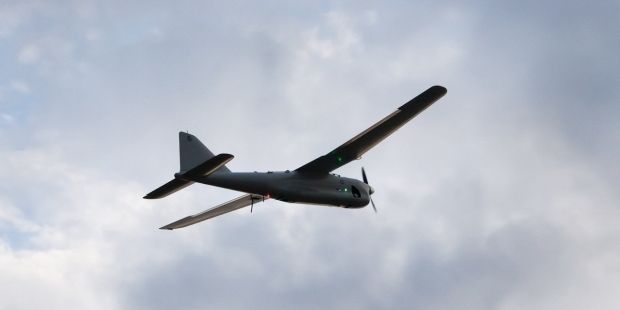
Hybrid War: Drones attack
The terrorists in Donbas continue to scout the positions of the ATO forces using unmanned aerial vehicles. However, in mid-February 2016, the militants’ drones switched to the offensive tactics – not at the front line though, but in the rear.
The fact that the Russian-terrorist forces constantly scout battle formations of the ATO forces in Donbas, including using the UAV, has long ceased to be a secret. Not only have the Ukrainian military recorded the flyovers of drones near the bases and depots, but, sometimes they managed to down them. However, in mid-February 2016, drones launched an attack. Moreover, the first attack was recorded not in the ATO zone or at the demarcation line, but in the rear - in Zaporizhia region.
Unprotected rear
According to the head of the press service of the General Staff, Vladyslav Seleznyov, in the evening of February 17, a military depot in Zaporizhia region was bombed with incendiary objects dropped from unmanned aerial vehicles. The resulting fire was very difficult to extinguish, with over 50 pits of fire recorded across the territory of the warehouse.
The troops serving at the base said they first heard the humming of engines in the sky, and then the “fire rain” started. "We did not see the drones, we only saw what was dropped down: while falling, some of the objects were glowing. Some burst in the air (perhaps armed with the timer), the others did so on the ground. The fire started as they fell down, and it was very difficult to extinguish. Obviously, it was the incendiary ammo that was dropped – mines or grenades filled with phosphorus. White phosphorus ignites spontaneously at 35-40 degrees Celsius, while the combustion temperature in these "lighters" reaches 1,300 degrees. Moreover, they burn as long as there is oxygen, so water, fire extinguishers and other standard firefighting equipment are of little help here. The only effective way to stop the fire is to completely block the access of oxygen," the troops said.
White phosphorus ammo is not a new phenomenon: the armies started exploiting it in the early 20th century, and it has been used extensively in military conflicts ever since. In part because, in addition to the basic functions – the annihilation of enemy troops and equipment – it also has also demoralizing psychological effect. The soldiers in Zaporizhia confirmed it: "The fire that can’t be extinguished, plenty of acrid smoke, with all of this happening in the night time - it was really frightening."
However, the military have not only extinguished the fire actively and effectively, they also have tried to shoot down the attackers. As a result of their actions the damage from the raid was minimal: according to the regional office of the Security Service which conducts an investigation into the diversion with drones, UAVs only managed to destroy nearly 10 boxes of small-caliber projectiles stored at the depot. Unfortunately, none of the attacking drones were shot down. The UAVs operated at altitudes of up to 400 meters, but due to the night time, they were not visible.
Other diversions
The attack was repeated in the early hours of February 19, but in a different location. According to the General Staff, a raid was carried out on the military base in the rear near Hrodivka of Donetsk region. "The UAVs attacked the warehouses of missile and artillery weapons of the [93rd] brigade several times, dropping phosphorous incendiary grenades. Outbreaks of fire resulting from bombing were localized in due time," said the speaker of the Presidential Administration of Ukraine for ATO, Colonel Andriy Lysenko.
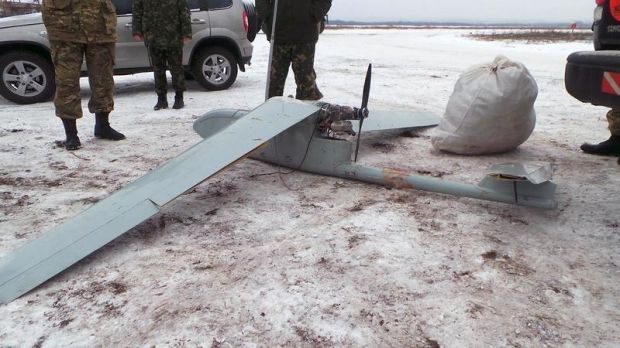
"However, it is rather difficult to destroy such small flying objects like the drones. UAVs were not detected by reconnaissance radars," said the General Staff.
The Security Service and the Military Prosecutor's Office carry out an investigation into the said incidents. Chief military prosecutor Anatoly Matios noted that the UAV attacks are systemic and planned.
According to Acting Chairman of Zaporizhzhya Regional State Administration Kostyantyn Bryl, this type of aircraft "is actively used by Russian special forces unit located on the territory of Donetsk and Luhansk regions."
At the same time, the General Staff did not rule out that the take-off and further operation of drones may have been carried out from the territory controlled by the Ukrainian army. In addition, security forces unofficially hinted that a spotter of drones (from among the locals) has been identified, which will make it impossible for these attacks to be repeated for a while.
War of drones
The likelihood of the recurrence of such attacks cannot but worry the civilians as well, because they might become victims of another such attack.
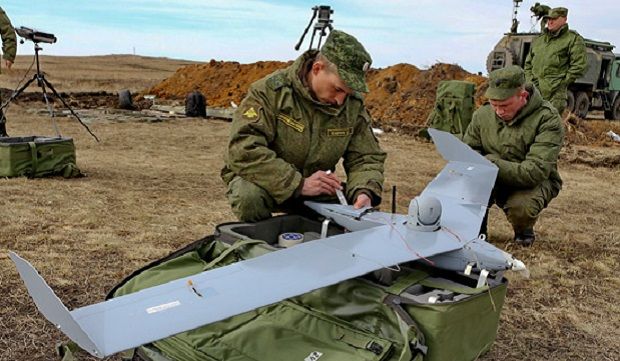
This is especially worrisome considering the data on UAV development in Russia. According to the official report of the Ministry of Defense of the Russian Federation, published early 2016, "the number of unmanned aerial vehicles used by the Armed Forces of Russia increased 9.6 times since 2011 - up to 1,720." And, apparently, the number will continue to grow: the Russian media have repeatedly quoted representatives of the Russian Defense Ministry, that "drones are playing an increasingly important role in modern warfare," and that "in the near future, a UAV operator will be one of the key figures in the Armed forces of the Russian Federation."
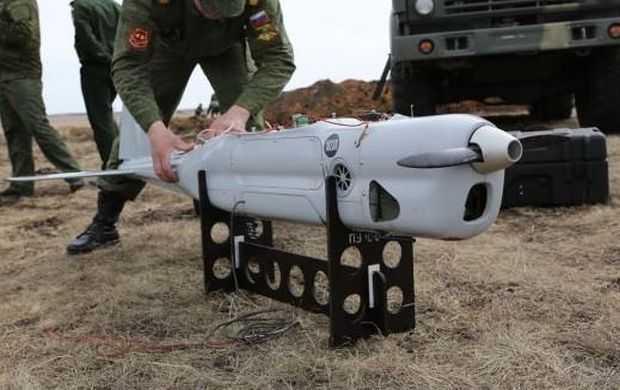
In January 2016, the Russian Defense Ministry reported on the start of the flight tests of the first Russian impact type drone, capable of flying at speeds up to 800 km/h and carrying a quarter ton of payload and weapons, including air-to-surface missiles. There are no guarantees that these horrifying developments will not actually see life. Indeed, until recently, there was hardly anyone in Ukraine who would really believe that the Russian UAVs will be used in Donbas for combat purposes. As we see, the enemy drones are not only flying across the frontline but cross well past it, into Ukraine’s rear.
It is also interesting to note that the Russian media reported late February on the restoration of the military airfield at Cape Chersonese in the annexed Crimea for the Black Sea Fleet and the South District’s military aircraft. Moreover, it was reported that the new airfield will be used, most likely, for helicopters and UAVs. It was mentioned that there is no sense in putting fighter jets at Cape Chersonese, as there is another airbase in Belbek."
How can Ukraine do to counter this? After the February incident, Zaporizhzhya Regional State Administration initiates the installation of floodlights near army warehouses and rear bases. They are aimed at facilitating shooting down the drones.
In the zone of combat operations, the jamming equipment is used, according to the military. Not only can it down the UAV’s, it can also make them land. As for Ukraine-made drones, they are only used for aerial reconnaissance.
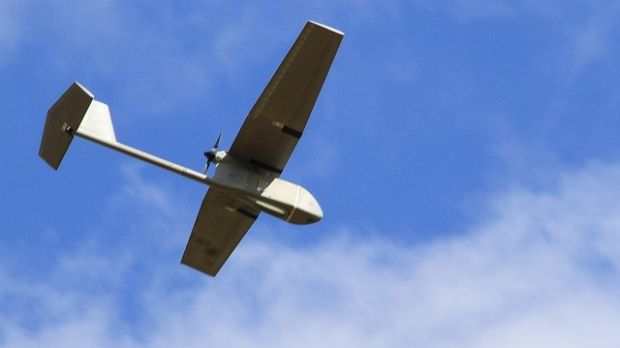
However, Ukraine thought about using combat UAVs long before the current attacks. Negotiations on the procurement of combat drones were held with Israel, as its UAVs are considered the world’s best. As reported by the Israeli media, Israel Aerospace Industries agreed to sell drones to Ukraine. However, the agreements were not destined to come true. According to Bloomberg, the deal for the supply of unmanned aerial vehicles was canceled after the call by Russian President Vladimir Putin to the Israeli Prime Minister. The Kremlin allegedly blackmailed the Israeli government with a possibility of arms sales to the states unfriendly to Israel – Syria and Iran.
Anyway, only technology can strategically beat another technology. History has been giving Ukraine this lesson for several years. In this regard, it is logical not only to start serious development of Ukraine’s own combat drones (although it will take more than one year), but also ask the country’s western partners for technological assistance, not just money.
Olena Nikolaeva

